Exploring Lake Erie’s Size & Depth
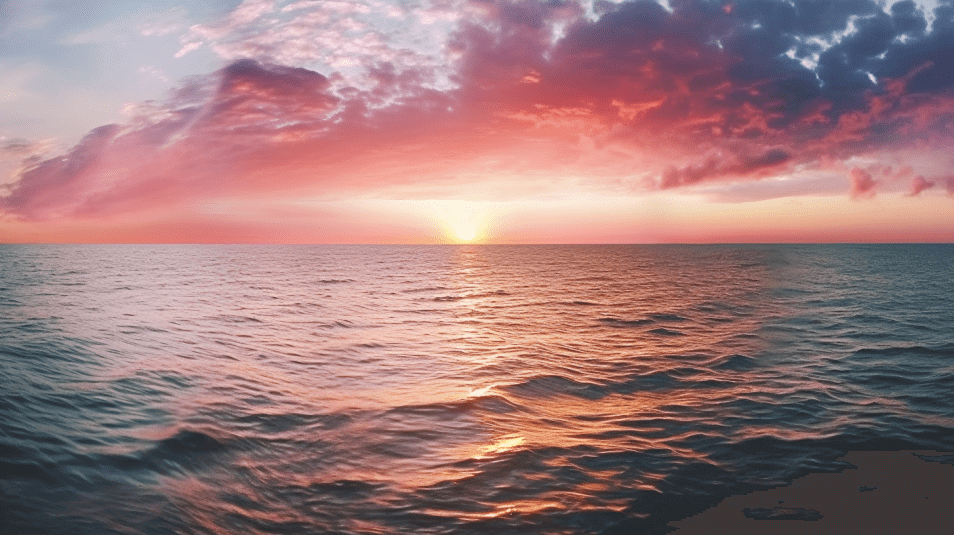
Plumbing the Depths
An Overview of Lake Erie’s Size and Depth
Lake Erie is one of the five Great Lakes located in North America. It is the fourth largest by surface area and the smallest by volume, yet it boasts a depth that surprises many people.
Lake Erie has a surface area of 9,910 square miles and a maximum depth of 210 feet. This makes it the shallowest of all five Great Lakes with an average depth of only 62 feet.
Lake Erie’s size and depth have a significant impact on fishing in the region. The lake’s abundant fish population attracts numerous fishermen each year, making it one of the most popular fishing destinations in North America.
Walleye is the most prized catch among fishermen because of their large size and delicious taste. There are also many interesting facts about Lake Erie that make it a unique body of water.
Did you know that Lake Erie was formed during the last ice age? Or that it was once so polluted that it was declared “dead” by scientists?
Thankfully, conservation efforts have helped to improve its water quality over time, making it a prime spot for recreational activities such as boating, swimming, and camping. Despite its shallow depth and smaller size compared to other Great Lakes, Lake Erie remains an important natural resource for people living in surrounding states like Ohio, Pennsylvania, New York and Michigan.
Table of Contents
Introduction to Lake Erie
Lake Erie is one of the five Great Lakes situated in North America. It spans across four states and one province, including Ohio, Pennsylvania, Michigan, New York, and Ontario. Lake Erie’s size is about 9,910 square miles (25,700 km²), making it the fourth-largest of the Great Lakes and the twelfth largest globally.
Lake Erie’s depth varies across its basin. The shallowest part of the lake is at its western end near Toledo in Ohio, which is known as the “western basin,” with an average depth of just 24 feet (7.3 meters).
However, to the east of Erie in Pennsylvania lies what’s called the “eastern basin,” where Lake Erie deepens considerably to a maximum depth of around 210 feet (64 meters). Lake Erie has been a hub for commercial fishing for centuries due to its abundant fish population.
The lake supports a thriving sport fishing industry where anglers can catch fish like walleye, smallmouth bass, yellow perch and several other species. Additionally, Lake Erie has unique underwater rock formations that attract scuba divers from all over North America looking to explore these fascinating geological structures.
Overall Lake Erie’s size and depth make it a hotspot for recreational activities such as boating and swimming. With so much space available on this vast lake there are endless opportunities for water-based fun all summer long.
The size and depth of Lake Erie
can be quite surprising. As one of the five Great Lakes, it is the fourth-largest by surface area and the smallest by volume. Its maximum depth reaches 210 feet (64 meters) near Long Point in Ontario, Canada, making it the shallowest of all the Great Lakes.
This unique feature makes it a popular destination for fishing enthusiasts who prefer to fish in shallower waters. Despite being shallow compared to its neighboring lakes, Lake Erie’s size is still quite impressive.
Spanning over 9,900 square miles (25,700 square kilometers), it is nearly as large as the state of West Virginia. Its shoreline spans over 870 miles (1,400 kilometers), making it a popular tourist destination for beach-goers and water sports enthusiasts alike.
Lake Erie’s size and depth play a crucial role in its ecosystem. The lake’s shallow depths are responsible for its warmer temperatures compared to other Great Lakes during summer months.
This warmer temperature results in a high rate of primary productivity which supports abundant phytoplankton growth and fish populations. However, these conditions also make Lake Erie more vulnerable to issues such as algae blooms caused by excess nutrients from agricultural runoff or sewage discharge.
While Lake Erie may be smaller in volume than other Great Lakes due to its shallower depths, its impressive surface area and unique ecosystem make it an important ecological treasure that must be protected from environmental threats like climate change and pollution. Whether you’re a fishing enthusiast or someone who enjoys soaking up the sun on one of its many beaches, there is no denying that Lake Erie’s size and depth continue to captivate people from all over the world.
How the size and depth affect fishing
Lake Erie’s size and depth have a profound impact on fishing. The shallowest of the Great Lakes, Lake Erie is also the warmest and most biologically productive. This combination makes it an ideal habitat for fish species that prefer warm water, such as walleye, yellow perch, smallmouth bass, and steelhead trout.
In fact, Lake Erie is one of the best freshwater fisheries in North America. Lake Erie’s size and depth also make it an excellent destination for shore fishing.
Its relatively shallow waters give shore anglers access to fish species that are typically found in deeper water. Anglers can catch walleye and yellow perch by casting from piers or break walls along the lake’s shoreline or by wading out into the relatively shallow waters.
The lake’s size and depth also provide ample opportunities for boating and trolling. Fishermen can use downriggers to fish at various depths to target different species during different times of year.
For example, during summer months when water temperatures are high, walleye can be found in deeper waters around mid-lake reefs while steelhead trout tend to be closer to shore where cooler temperatures prevail. Lake Erie’s size and depth directly influence its excellent fishing conditions.
The lake’s unique ecosystem provides a diverse range of fish species that attract anglers from all over North America. Whether you prefer shore fishing or taking a boat out on the lake, there is no shortage of opportunities to catch your next big trophy fish in Lake Erie’s waters.
Interesting facts about Lake Erie
Lake Erie is one of the most fascinating lakes in the Great Lakes region, and there are many interesting facts worth knowing about it! For starters, did you know that Lake Erie is the fourth-largest of the five Great Lakes in North America?
It is also the shallowest, with an average depth of just 62 feet (19 meters). This makes it a popular spot for fishing enthusiasts who flock to its waters to catch walleye, perch, and bass.
But that’s not all – Lake Erie has a unique ecosystem that supports a wide range of plant and animal life. One of the most notable inhabitants is the Lake Erie water snake, which can be found along the shorelines and in wetlands throughout the lake.
These harmless snakes play an important role in controlling populations of fish and frogs. Another interesting fact about Lake Erie is that it has experienced significant environmental challenges over the years due to pollution from industrial activities and agricultural runoff.
However, thanks to conservation efforts and increased awareness around these issues, water quality has improved significantly in recent years. In fact, many people now consider Lake Erie to be one of the best places for freshwater fishing in North America.
Overall, whether you’re interested in fishing or just curious about this stunning body of water, there’s no denying that Lake Erie has plenty to offer. From its unique ecosystem to its rich history and cultural significance, this lake truly is a national treasure worth exploring.
The impact of climate and weather on Lake Erie’s depth
Lake Erie, like all bodies of water, is affected by changes in weather and climate. The Great Lakes region in general has been experiencing warmer temperatures, more frequent intense storms, and longer periods of drought. These changes have had a significant impact on Lake Erie’s size and depth.
One of the ways climate change has affected Lake Erie is through increased precipitation. More rain means more runoff into the lake, which can lead to higher water levels and flooding.
In 2019, Lake Erie set a new record for highest monthly average water level ever recorded since records began in 1918. This caused significant damage to shoreline communities as well as disruptions in fishing industries.
Another way climate change is impacting Lake Erie is through the increase in severe weather events. This includes heavy rainfalls and windstorms that can cause underwater landslides, leading to deeper areas of the lake becoming shallower over time due to sediment buildup.
These changes can significantly affect fishing patterns as well as recreational activities such as boating. Rising air temperatures also have an impact on Lake Erie’s depth by increasing the rate at which ice melts during spring thaw.
This causes a sudden influx of fresh water into the lake which can create dangerous conditions for boats and other vessels due to unexpected currents and waves. It also affects fish populations by impacting their habitat and feeding grounds.
It is important to recognize how weather patterns are affecting Lake Erie’s size and depth since this body of water plays such an important role for both local communities as well as regional economies that rely on its resources like fishing industries. Understanding these impacts will allow us to better protect the lake for future generations while adapting our management strategies accordingly.
Lake Erie’s size and depth not only make it an interesting body of water to explore, but also impact the surrounding communities in a variety of ways.
From its unique fishing opportunities to the effects of climate change, Lake Erie continues to be a fascinating subject for research and exploration. One optimistic spin on the material is that despite the challenges facing Lake Erie, there are many people who are working hard to protect and preserve this valuable resource.
Through initiatives such as conservation efforts and sustainable fishing practices, we can hope to ensure that future generations will continue to enjoy all that Lake Erie has to offer. Overall, learning about Lake Erie’s size and depth is just the tip of the iceberg when it comes to understanding this amazing body of water.
From its interesting facts and unique ecosystems to its dynamic weather patterns and climate impacts, there is always more to discover. Whether you’re a seasoned angler or simply interested in exploring nature’s wonders, Lake Erie has something for everyone.

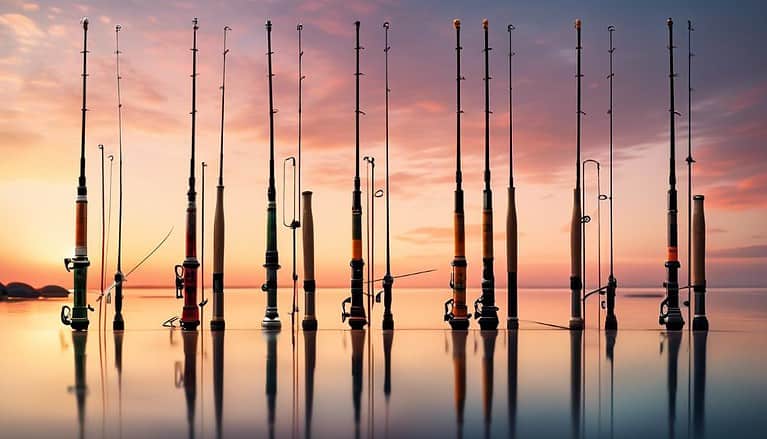
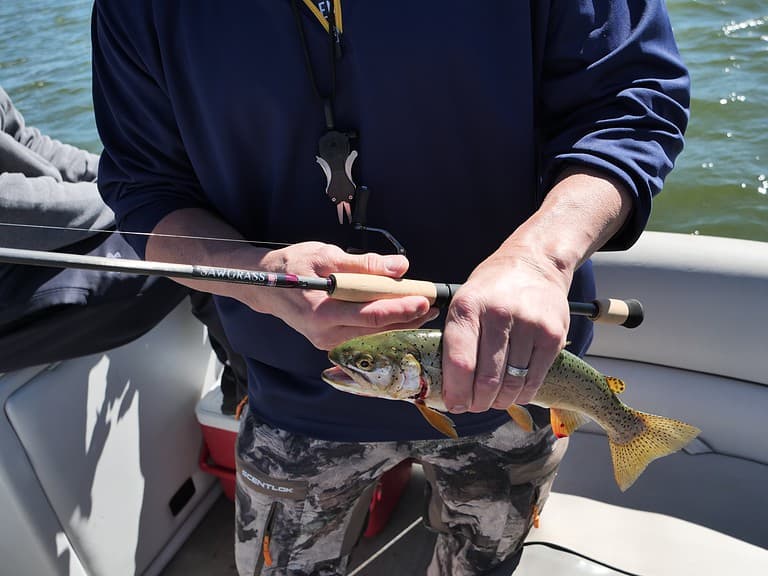
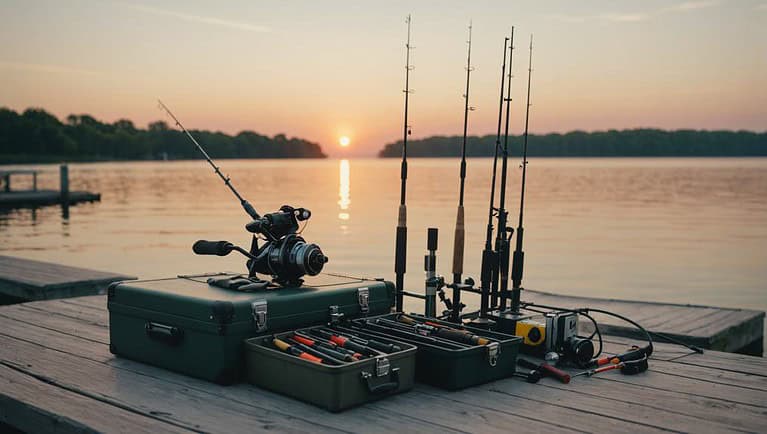


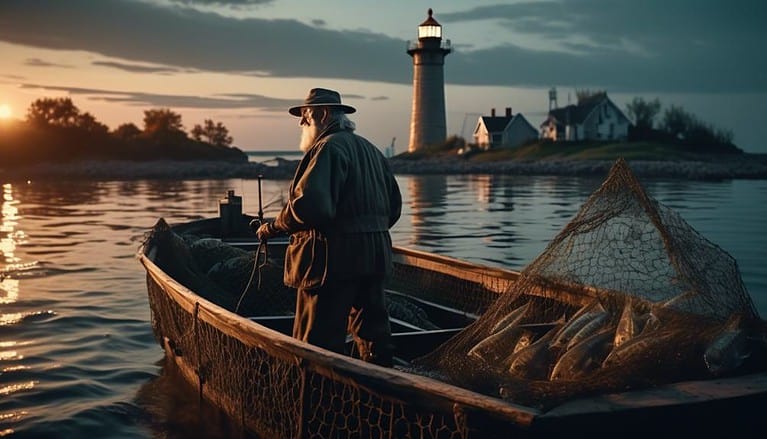
2 Comments
Comments are closed.